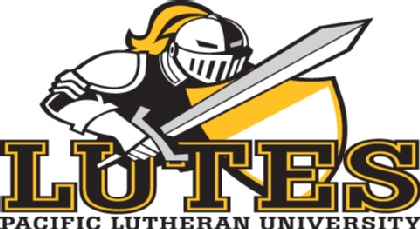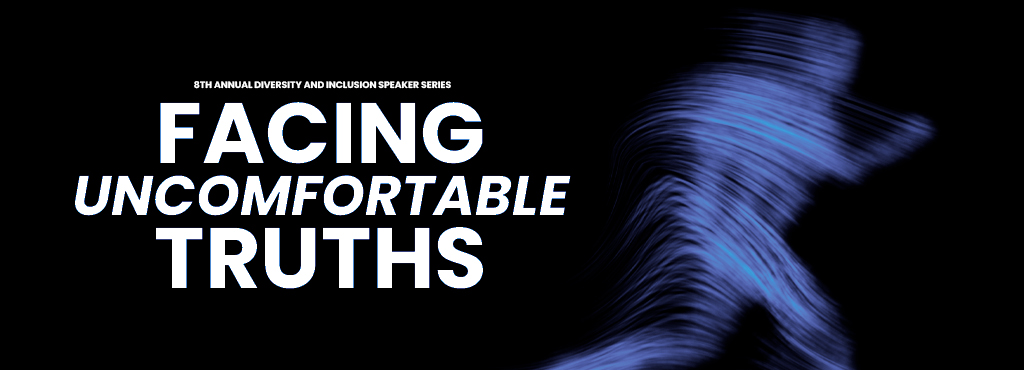Page 185 • (3,283 results in 0.037 seconds)
-
: Interpretations Definitions Illustrations Elaborate questions Historical contextualization Commentaries Connections to climate change Connections to environmental justice issues Connections to existing discussions of Jane Austen’s work related to the project’s focus in media (podcasts, memes, social media, interviews, etc), scholarship, or other venues Sharing a translation of a passage in another language and considering its differences/similarities A response to an existing annotation published under JAR Or
-

, when a new logo will be unveiled and featured on all of PLU’s athletic uniforms and gear. Now we will all still be known as the Lutes, mind you, but the logo will be of a knight. “It’s focusing on the big picture,” said Laurie Turner, PLU Director of Athletics. “It creates an identity with one mark associated with PLU athletics.” Before this fall, athletic teams also had varying lettering of PLU or Lutes. That too will change to one standard design using the word “Lutes.” The knight-Lutes logo, and
-

recognized as “the racial conscience of sport,” brings expertise and a call to action for a more just and inclusive sporting landscape.Lapchick’s journey in championing equality and leveraging the power of sports for positive societal change has left an indelible mark on national and international platforms. From founding the DeVos Sports Business Management Program at the University of Central Florida to delivering speeches in esteemed arenas such as the United States Congress, the United Nations, the
-
. For the first time they are not only living on their own, but also making decisions, learning, and growing independently. This semester has likely been a time of immense change for your student, and these changes often manifest themselves in a variety of ways—new haircut, new piercings, tattoos, changes in religious or political beliefs, etc. Your student will appreciate your support, rather than criticism, through this time of change. Recognize that while your student may be going through many
-
Press. (PLU Library link) Disability justice Ortiz, Naomi. (2023). Rituals for climate change: A crip struggle for ecojustice (1st ed.). punctum books. (PLU Library link) (Open access link) Piepzna-Samarasinha, Leah Lakshmi. (2018). Care work: Dreaming disability justice. Arsenal Pulp Press. (PLU Library link) Schalk, Sami. (2022). Black disability politics. Duke University Press. (PLU Library Link) (Open access link) Sins Invalid. (2019). Skin, tooth, and bone: The basis of movement is our people
-
is essential to ensuring grant funded projects are in alignment with PLU’s mission and strategic priorities. Grant Approval FormOnce a proposal is complete and ready to submit, copies must be sent to the Office of Advancement and to the Office of the Provost, and one copy must be retained by the applicant. The Office of Advancement tracks grant applications, so it is most helpful if applicants notify them as to the outcome of the proposal and send to them copies of any acceptance or declination
-
Relations to coordinate with campus partners. Notice of Intent to Apply FormGrant Approval The Grant Approval Form is required for all university faculty and staff to request external funding for the university through grants. This form is essential to ensuring grant funded projects are in alignment with PLU’s mission and strategic priorities. Grant Approval FormSubmitting Grants through Grants.govGrants to the National Science Foundation, National Endowment for the Humanities (NEH), the Department of
-
, treatment, and prevention of environmental, tobacco-related, nutritional, newborn, selected chronic and selected infectious diseases. DLS also works to improve the rapid and accurate detection of chemical threat agents, radiologic threat agents, and selected toxins. In these areas, the laboratory has been in the vanguard of efforts to improve people’s health across the nation and around the world. Projects Participants will join laboratory teams
-
include at least 10-15 pieces, in any medium. The work you submit should be from the past several years, so that we can get a sense of how it has developed over time. We are especially interested in seeing pieces that you have produced independently, but you are welcome to include class projects, as well. We also encourage you to share one or two sketchbook pages, because these provide additional context about your process. All artwork should be scanned or photographed against a neutral background and
-
classes across campus (or online!). Tweet a picture of student projects or an instructional video you created for class. It is an opportunity to give colleagues a peek into a world that can sometimes feel solitary. Or, if you find a great resource that your colleagues may benefit from, pass it along using the hashtag. Many online content providers allow readers to easily tweet out a link without leaving their website. Look for the Twitter bird to share your find, but don’t forget to tag it so it will
Do you have any feedback for us? If so, feel free to use our Feedback Form.


